Si-Ware on Tuesday revealed an iPhone-compatible spectroscopy chip, the NeoSpectra Micro, which could potentially expand the uses of both mobile devices and wearables in areas like health, science, and nutrition.
The company is demonstrating an iPhone case with the chip that can analyze food and drinks for things like caffeine and gluten levels, according to Digital Trends. Because the chip measures only 18-by-18 millimeters, it could be conceivably be built directly into phones and wearables, in the latter case scanning for factors like glucose levels.
Spectroscopy involves analyzing the wavelengths absorbed and emitted by materials, giving a glimpse at their chemical composition.
Si-Ware is said to be marketing the Micro directly to device manufacturers, planning mass production for the fourth quarter of the year. Developers should have access to units with the next month or two. The company is hoping that spectrometers will eventually become a common feature of consumer electronics, much like accelerometers and gyroscopes.
The Micro does cost $100, however, likely making it impractical to build into a product like Apple's iPhone without jacking up prices, at least in the the chip's current incarnation.
Apple has sometimes been rumored as wanting more advanced biometrics sensors on the Apple Watch, going beyond the motion and heartrate sensors found on current models. A recent report, however, hinted that Apple is dropping those ambitions for a third-generation model, instead focusing on a faster processor and better battery life.
 Roger Fingas
Roger Fingas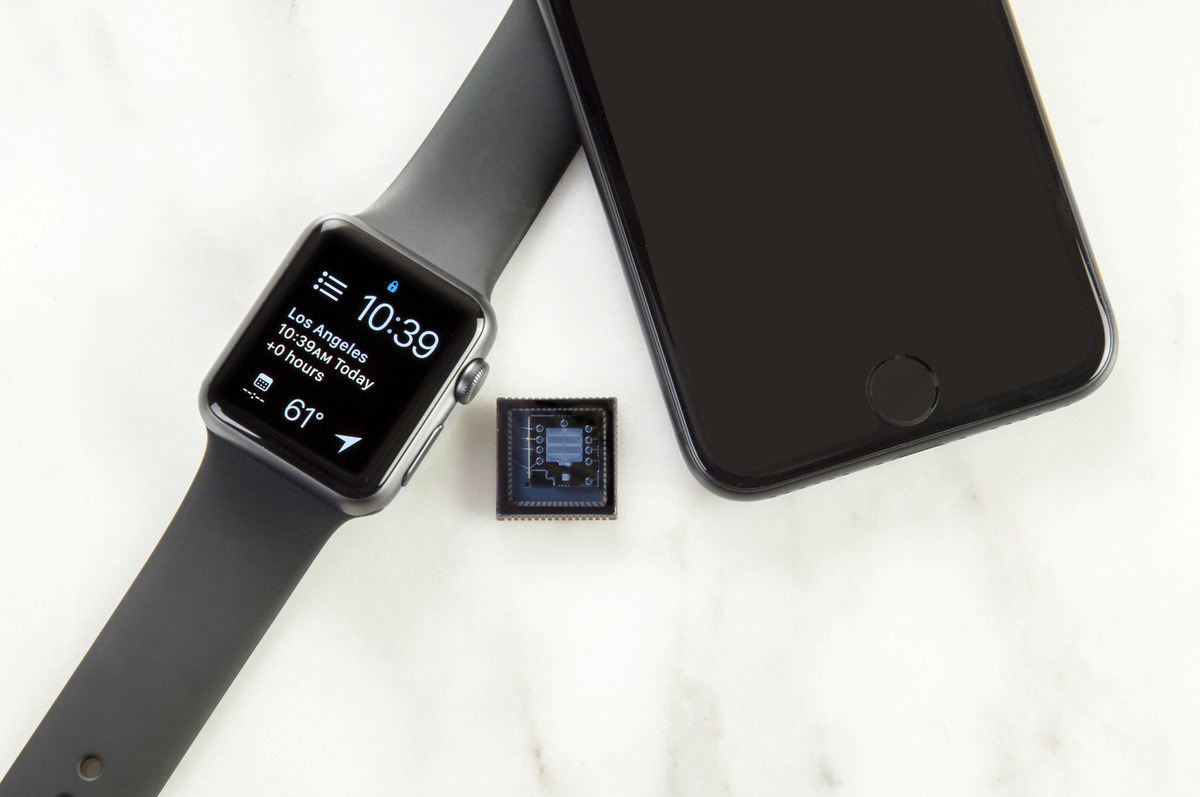
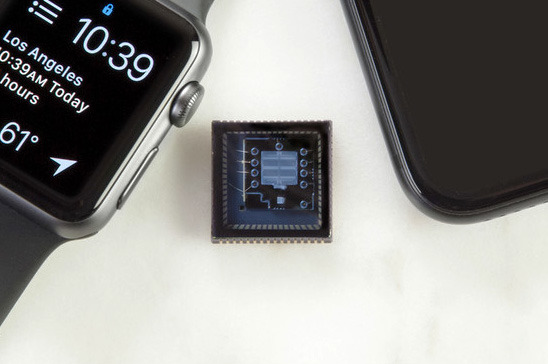


 Amber Neely
Amber Neely
 Oliver Haslam
Oliver Haslam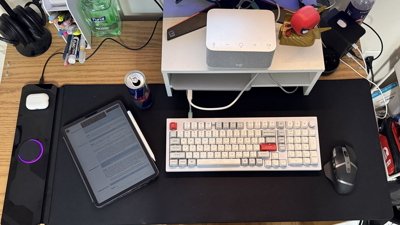
 Thomas Sibilly
Thomas Sibilly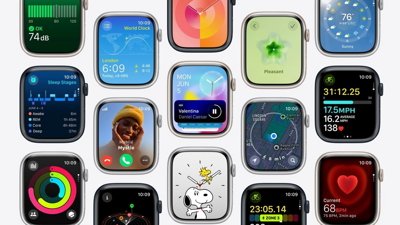
 Marko Zivkovic
Marko Zivkovic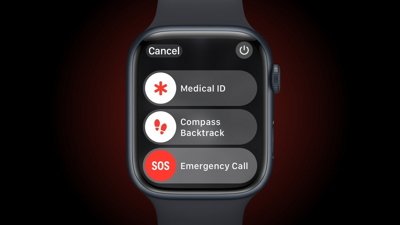
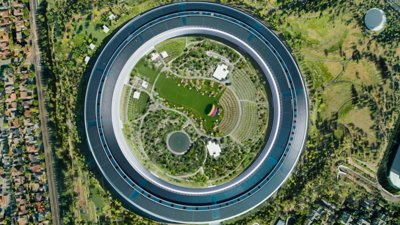
 Wesley Hilliard
Wesley Hilliard
 Malcolm Owen
Malcolm Owen
 Andrew Orr
Andrew Orr
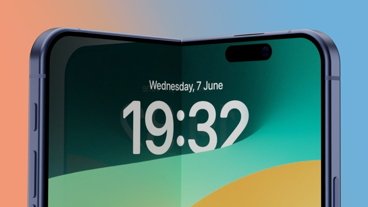
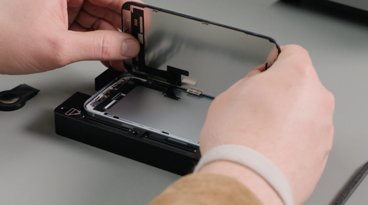
-m.jpg)






23 Comments
didn't some clown just say phone innovation was over at a conference recently
Cool, iTricorder!
So many potential applications. Forgetting about any Regulatory approvals for the moment, could be built in a device or more likely external items like hats, wrist bands, watch bands, patches, shoes, headbands, standalone devices (think Tricorder). All depends on what you need to collect data about.
How great would it be if your watch could be used to monitor blood glucose levels on an ongoing basis?
The challenge, of course, is that such a function would necessarily be regulated as a medical device, and would have to be tested and approved for use on a schedule not particularly compatible with the hardware release cycle for an all-in-one device like the Apple watch. You can compound that complexity with independent approval processes in multiple national jurisdictions. You could imagine a scenario where the components are quietly built into a given model release of the watch and then miraculously turned on with much fanfare in an OS update. Otherwise the medical testing and approvals would hold all other hardware advances hostage.